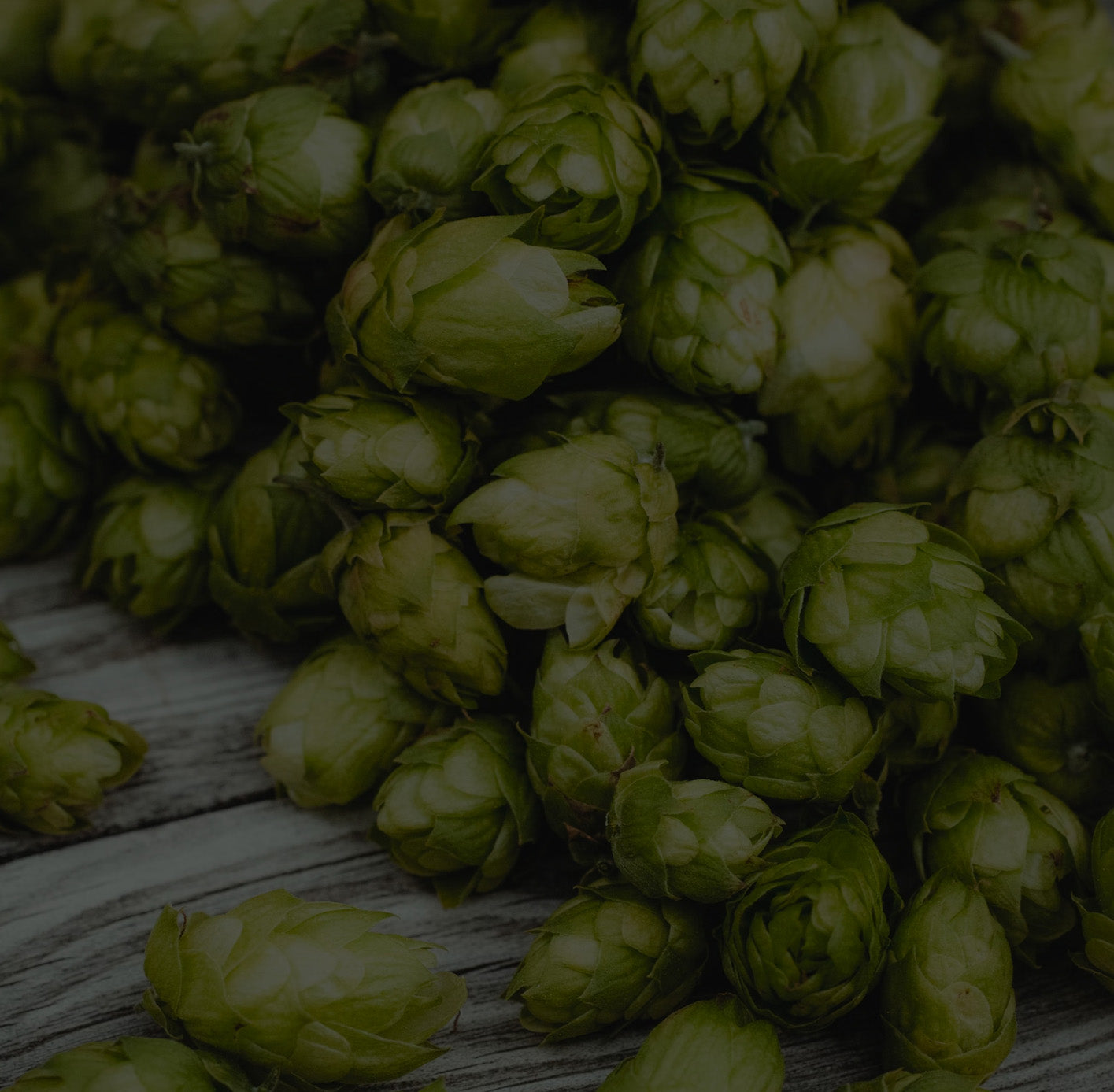Because moonshine is steeped in tradition yet still dwells in the shadows due to the legal implications surrounding it, figuring out exactly how it's made can be somewhat of a challenge. One area where this is true is the process of making the mash. In this article we delve into the topic of using cracked corn to make moonshine mash and explain why it's not as simple as it sounds.
Cracked Corn
One of the primary ingredients in a classic moonshine mash is cracked corn—a type of feed corn that has been coarsely ground or broken to expose the starchy insides. However, cracked corn doesn't come ready to be mashed because its starches are not readily accessible for fermentation. They're locked up in a rock hard kernel. That's where the process of gelatinization comes in, transforming those kernels of insoluble starch into a structure that can be broken down by enzymes into fermentable sugar.
Gelatinization
Gelatinization is crucial. It involves heating the cracked corn to a specific temperature where the starches absorb water and swell, breaking down the complex molecules into simpler sugars needed for fermentation. To achieve this, the cracked corn must be heated and maintain that temperature for a decent amount of time.
Cracked Corn vs. Flaked Corn
Before reading on, we should make an important point. There is an alternative to cracked corn: flaked corn. Flaked corn is a bit more expensive but comes pre-gelatinized. This is very handy because it almost entirely eliminates the gelatinization process, saving a lot of headache and a lot of time.
The Cracked Corn Moonshine Mash Experiment
In our experiment, we followed the guidance of our friend Jesse from the YouTube channel "Still It," who has become something of a sage in the home distilling community. He recommends bringing your cracked corn to a boil and simmering it for at least an hour or more. The temperature (higher is better) and the time held at that temperature, dictates the effectiveness of the gelatinization process. We must warn you though, this process is fraught with perils.
Adding Enzymes
As corn absorbs water and breaks down, the concoction has a tenancy to become very thick. This is problematic because applying too much heat to very viscous liquid will cause scorching and ruin the entire process. To combat this, we did two things. First, we used 8 gallons of water for about 11.5 pounds of corn and this ratio worked pretty well. Second, we added some amylase enzymes to help break apart the starch as it started to thicken.
Boiling Cracked Corn
We boiled After the boil, we allowed our mixture to sit for several hours. This resting period is not just a pause in the action; it's a critical phase where the slow reduction in temperature further aids in breaking down the corn. It also ensures that when you introduce your additional grains—such as barley, wheat, and oats—the temperature is not too high to destroy the enzymes that are necessary for converting their starches into sugars.
Making a Cracked Corn Moonshine Mash
Our mash bill—a blend of grains that constitutes the recipe for our moonshine—was carefully selected. Barley was added for its high enzyme content, which aids in the conversion process. Wheat brought a smooth sweetness, and oats contributed a creamy texture to the final product. This combination was mashed together at 155 degrees Fahrenheit, allowing the enzymes from the barley to interact with the gelatinized corn and other grains to create fermentable sugars.
Fermentation
Cooling the mash is the next critical step before fermentation can begin. It's essential to cool the mixture to around 70°F (21°C) before adding the distiller's yeast. High temperatures can kill the yeast or stunt its activity, which would spell disaster for the alcohol production. However, distillers yeast is typically a bit more tolerant than brewers yeast and 80°F is fine, which is what we used as the starting point for our fermentation.
Distiller's yeast is a hardy strain that can withstand high temperatures, but more importantly, higher alcohol concentrations. As fermentation progresses the alcohol content of the "beer" being made increases. This will cause less alcohol tolerant yeasts to die or go dormant. However, distiller's yeast is typically able to create fermentation with alcohol by volume concentrations in the 10-20% range.
Conclusion
Throughout this process, Jesse's expertise was invaluable. His YouTube channel, "Still It," is a treasure trove of distillation wisdom, guiding both novices and seasoned shiners through the intricacies of crafting a quality spirit. We definitely recommend you check it out.






Leave a comment